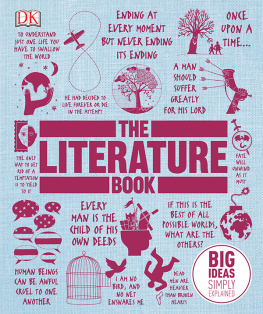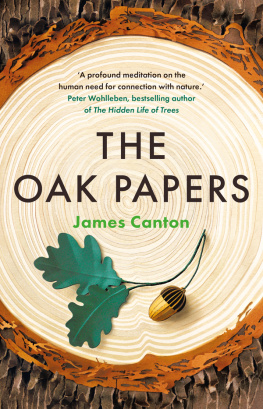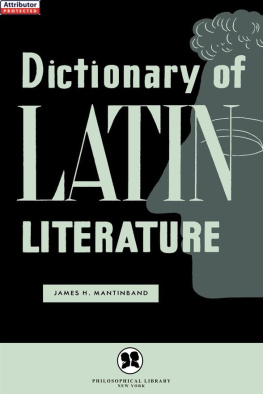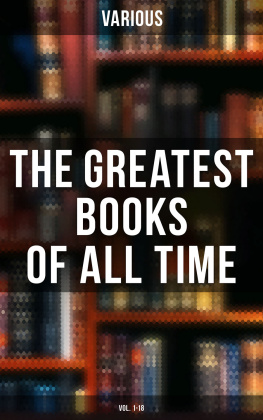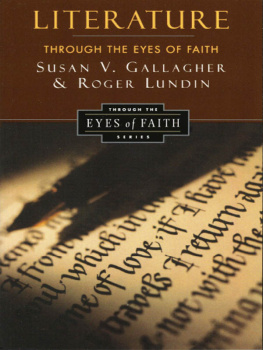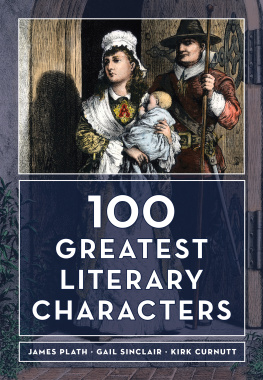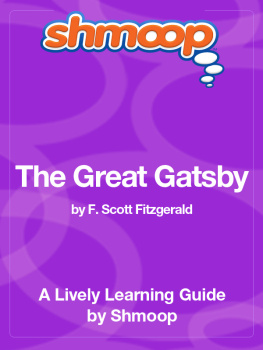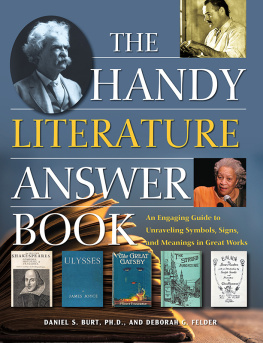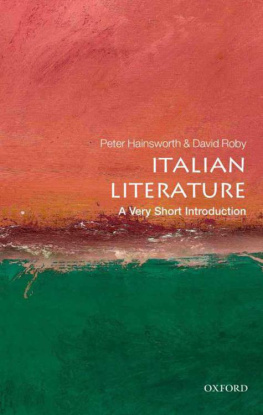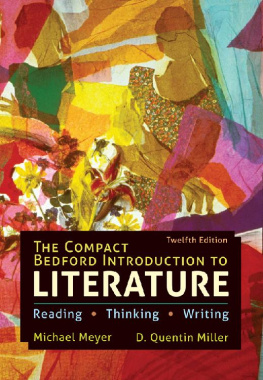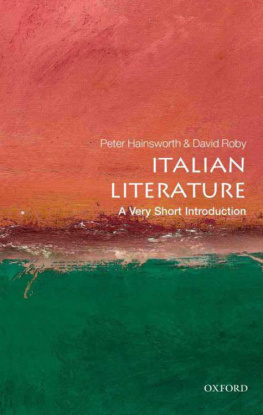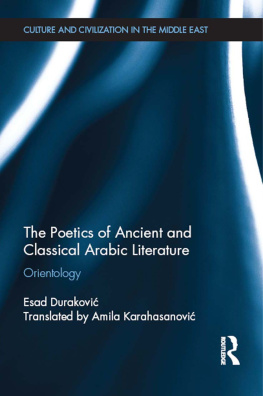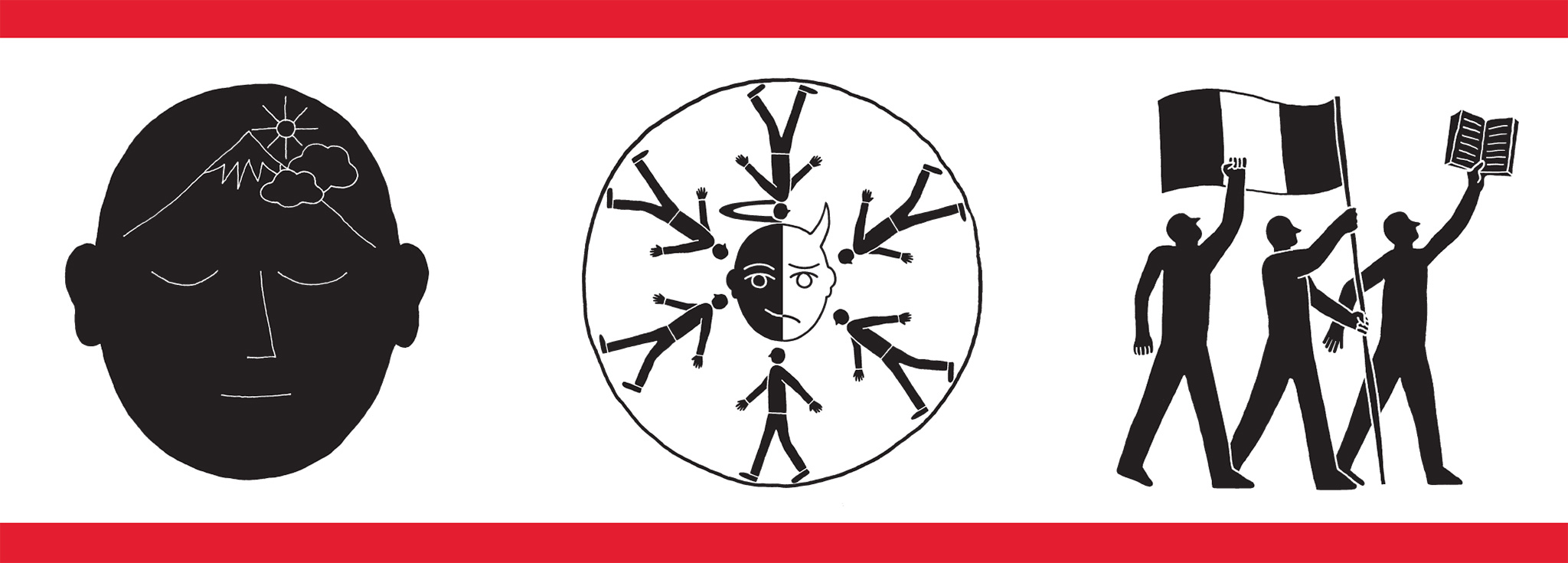DK London
Senior Editor Sam Atkinson
Senior Art Editor Gillian Andrews
Art Editor Saffron Stocker
Managing Editor Gareth Jones
Managing Art Editor Lee Griffiths
Art Director Karen Self
Associate Publishing Director Liz Wheeler
Publishing Director Jonathan Metcalf
Jacket Designer Natalie Godwin
Jacket Editor Claire Gell
Jacket Design Development Manager Sophia MTT
Senior Producer, Pre-Production Tony Phipps
Producer, Pre-Production Nadine King
Senior Producers Mandy Innes, Rita Sinha
Illustrations James Graham
DK Delhi
Jacket Designer Dhirendra Singh
Senior DTP Designer Harish Aggarwal
Managing Jackets Editor Saloni Singh
original styling by
STUDIO8 DESIGN
produced for DK by
COBALT ID
Art Editors Darren Bland, Paul Reid
Editors Richard Gilbert, Diana Loxley, Kirsty Seymour-Ure, Marek Walisiewicz, ChristopherWesthorp
DK Digital Publishing Team
Senior Digital Producer Miguel Cunha
Head of Digital Operations, Delhi Manjari Hooda
Senior Editorial Manager Lakshmi Rao
Assistant Producer Suruchi Kakkar
Software Engineer Rachana Ravindran
AV Media Manager Nain Rawat
Operations Assistant Tauhid Nasir
First published in Great Britain in 2016 by Dorling Kindersley Limited, 80 Strand,London, WC2R 0RL
Copyright 2016 Dorling Kindersley Limited
A Penguin Random House Company
All rights reserved. No part of this publication may be reproduced, stored in aretrieval system, or transmitted in any form or by any means, electronic,mechanical, photocopying, recording, or otherwise, without the prior writtenpermission of the copyright owners.
A CIP catalogue record for this book is available from the British Library.
ISBN: 9780241015469
This digital edition published 2016 - ISBN: 9780241270820
A WORLD OF IDEAS:
SEE ALL THERE IS TO KNOW
www.dk.com
INTRODUCTION
Storytelling is as old as humanity itself. The tradition of capturing theevents and beliefs of communities reaches back to a time when humans first sat by a fireand told tales. History was preserved in the form of legends and mythologies that werepassed down from one generation to the next, and offered answers to the mysteries of theuniverse and its creation.
Written accounts emerged at the same time as ancient civilizations, but at first theinvention of writing met simple, prosaic functions for example to record transactionsbetween traders or tally quantities of goods. The thousands of cuneiform clay tabletsdiscovered at Ugarit in Syria reveal the already complex nature of the written form by1500 BCE. Writing soon evolved from a means of providing trading information, topreserving the oral histories that were integral to every culture and their customs,ideas, morals, and social structures. This led to the first examples of writtenliterature, in the epic stories of Mesopotamia, India, and ancient Greece, and the morephilosophical and historical texts of ancient China. As John Steinbeck so succinctly putit in his Nobel Prize acceptance speech in 1962: Literature is as old as speech. Itgrew out of human need for it, and it has not changed except to become moreneeded.
Miss Bingley of Jane Austens Pride and Prejudicemay have been talking fatuously when she declared: How much sooner one tires ofanything than of a book!, but this sentiment rings true for many of us. Despite thealmost limitless diversions that face readers today, literature continues to satisfy aspiritual or psychological need, and open readers minds to the world and itsextraordinary variety. There are works penned hundreds of years ago that continue toenchant and amuse to this day; complex postmodern texts that can be challenging in theextreme, yet still hold us in their grip; and new novels that feel so fresh that theyread as if words have only just been invented.
"I begin with writing the first sentence and trusting to Almighty God for thesecond."
Laurence Sterne
Defining literature
Although the simple definition of literature is anything that is writtendown, the word has become primarily associated with works of fiction, drama,and poetry, and weighted with the impossible- to-quantify distinction of meritand superiority. These values are intrinsic to the canon of literature drawnupon for academic study and appreciation that has been evolving since the middleof the 19th century. The term canon was borrowed from the ecclesiasticalcanons of authorized religious texts. The literary canon a collection of workscommonly agreed to be of exceptional quality was formed almost entirely fromfamiliar works of western European literature.
Since the mid-20th century, cultural and literary theorists have done much todestabilize the canon by disputing the authority of these lists of the works ofdead, white Europeans. The idea of a perceived canon of great works stillstands as a useful framework, but rather than the term being used to define thesame set of titles, it evolves with each new generation, which re-examines theideology and power structures that underpin the selections of previousgenerations, and questions why certain other works were excluded. Arguably,studying how literature is created and testing its place in the canon may helpto make us better readers. In the same spirit, this book features many titlesthat are traditionally regarded as great works, but explores their place inthe wider story of literature, and within a richer mix of writing drawn fromaround the globe. They sit alongside newer texts that empower some of the voicesthat were silenced over the centuries by social constructs such as colonialismand patriarchy, and Europes dominance over literature.
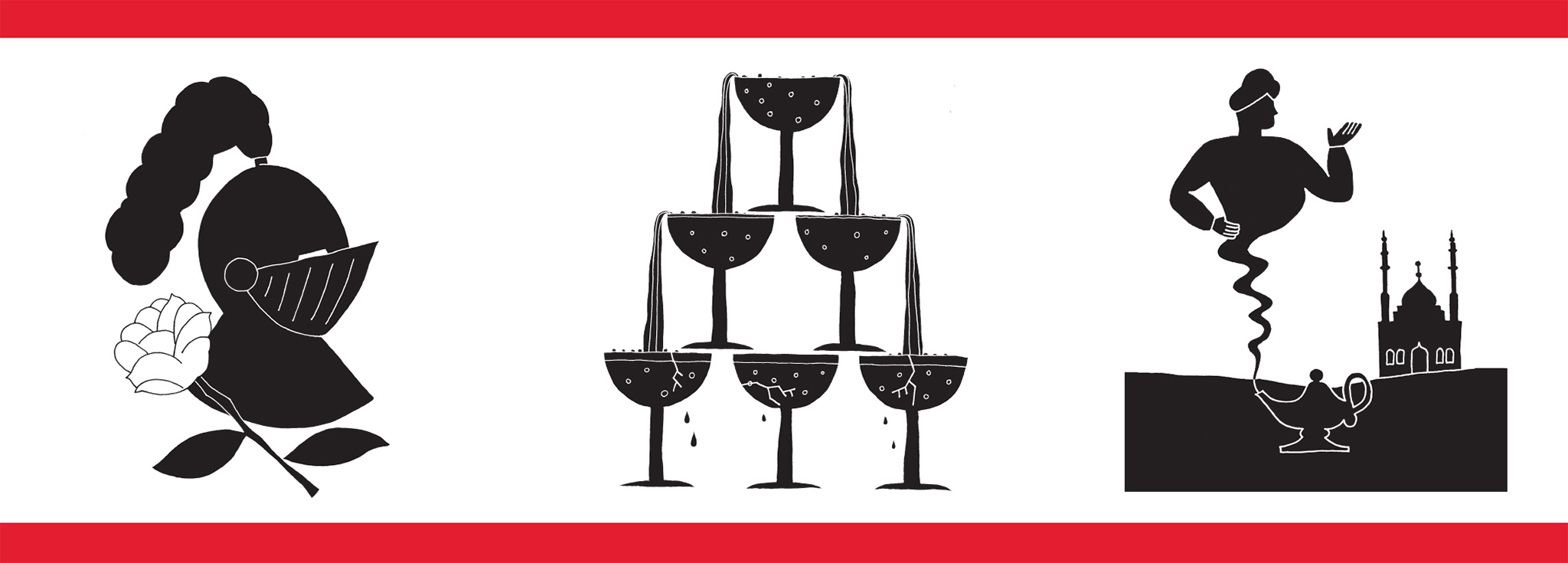
Choosing books
This book takes a chronological journey through literature, using more than ahundred books as waymarks along the route. It also takes a global approach,exploring literary texts from a wide range of different cultures that manyreaders may not have encountered previously.
The Literature Books chosen works are eitherexemplars of a particular writing style or technique, or represent a group ormovement that took a new direction, which was then adopted by other contemporarywriters or expanded upon by future generations. The works are arrangedchronologically to highlight the emergence of literary innovations against thesocial and political backdrop of their times. For example, during the 17th and18th century, French literature evolved from Molires neoclassical comedies ofmanners into Voltaires satirical undermining of Enlightenment optimism, andlater into a savage depiction of decadent French aristocracy shown in PierreChoderlos de Laclos Les LiaisonsDangereuses, published in the lead-up to the French Revolution. Thesechanges in literature inevitably overlap as writers pioneered techniques thattook time to enter the mainstream, while others continued literary traditionsfrom previous eras.

